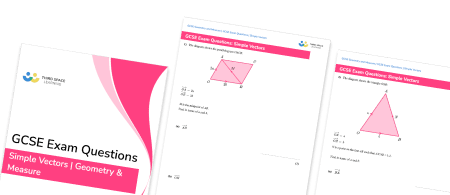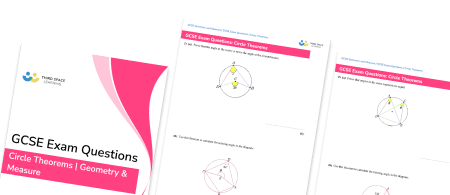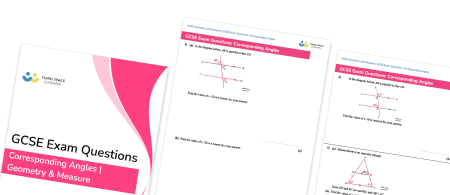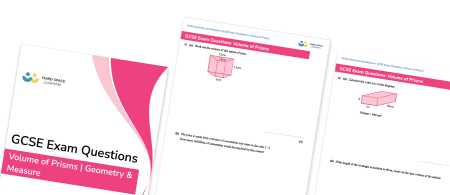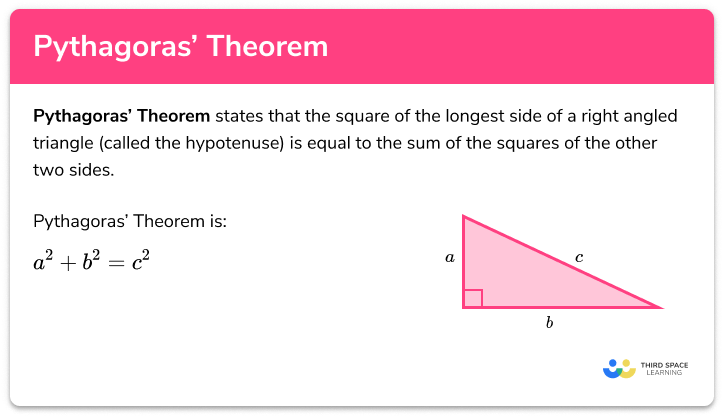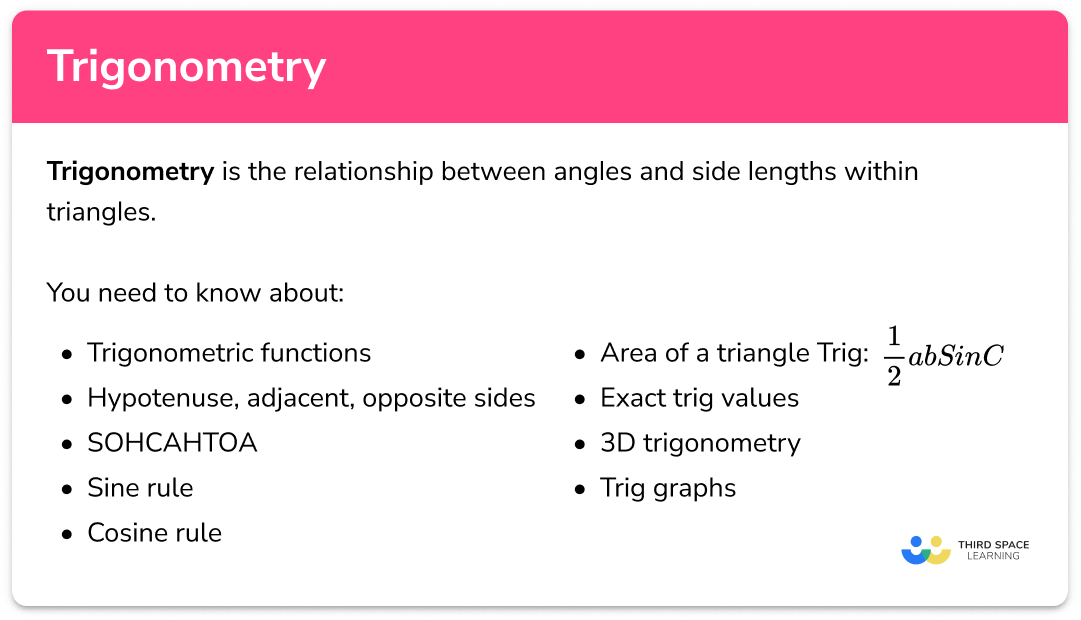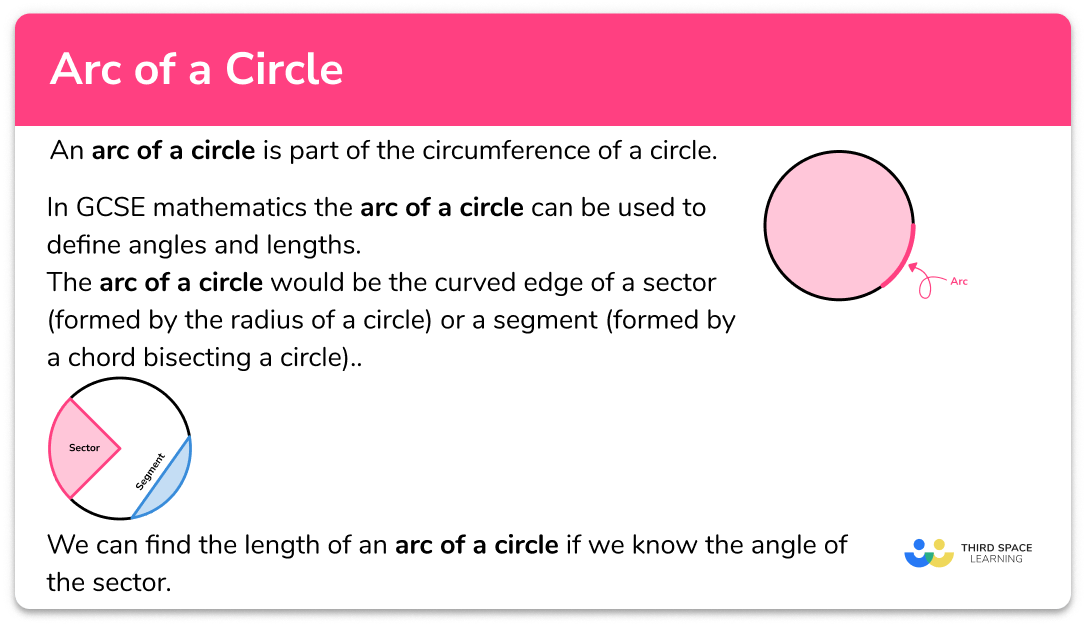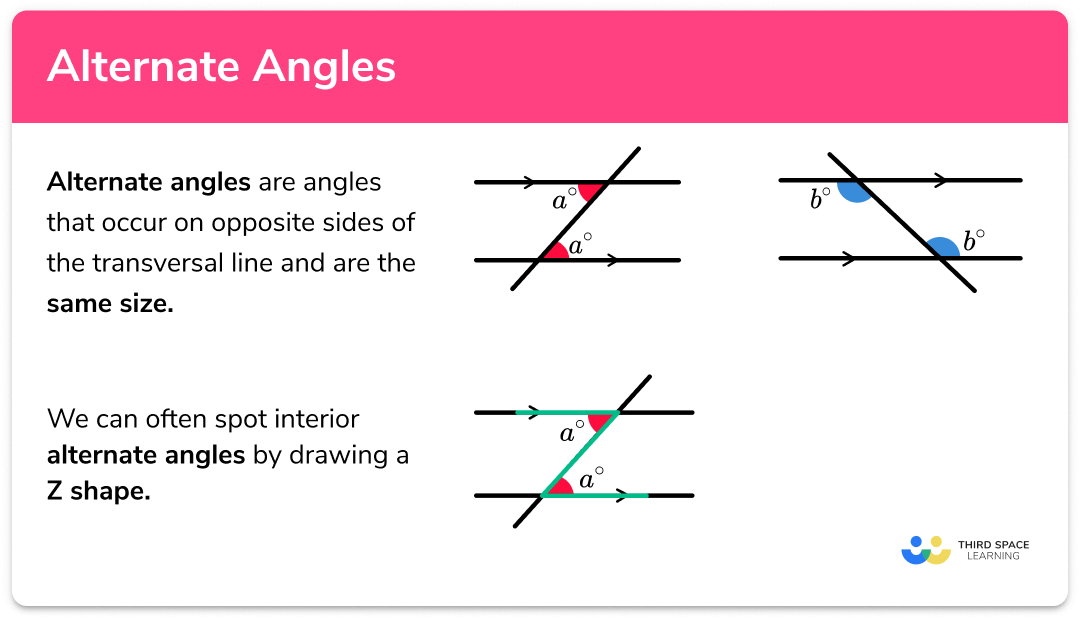FREE DOWNLOAD
Transformations Worksheet

Help your students prepare for their Maths GCSE with this free transformation worksheet of 32 questions and answers
- Section 1 of the transformation worksheet contains 24 skills-based transformation questions, in 3 groups to support differentiation
- Section 2 contains 4 applied transformation questions with a mix of worded problems and deeper problem solving questions
- Section 3 contains 4 foundation and higher level GCSE exam style transformation questions
- Answers and a mark scheme for all transformation questions are provided
- Questions follow variation theory with plenty of opportunities for students to work independently at their own level
- All questions created by fully qualified expert secondary maths teachers
- Suitable for GCSE maths revision for AQA, OCR and Edexcel exam boards
Transformation at a glance
A transformation is something which changes the position or size of an object. There are four types of transformation, reflection, rotation, translation and enlargement.
Reflections use a mirror line and result in the shape being flipped. In order to describe a reflection we need to describe or give the equation of the mirror line. Common lines used as a mirror line are the x axis, the y axis and the line y=x.
Rotations involve turning a shape around a point. When rotating shapes we need to know the centre of rotation (given as a coordinate), angle of rotation (given in degrees) and direction of rotation (either clockwise or anticlockwise). It is helpful to use tracing paper when doing rotations.
Translations involve moving a shape to a different position without changing its size or orientation. Translations are described by a vector, which tells us how many units up/down and left/right to move the shape.
Enlargement involves making a shape bigger or smaller. Enlargements are often done from a centre of enlargement and the scale factor tells us how many times bigger the shape will become. When a scale factor is greater than one the shape becomes bigger, when a scale factor is between 0 and 1 the shape gets smaller and when the scale factor is negative the shape is flipped.
Looking forward, students can then progress to additional geometry worksheets, for example a 3D shapes worksheet or an area of compound shapes worksheet.

For more teaching and learning support on Geometry our GCSE maths lessons provide step by step support for all GCSE maths concepts.
Do you have students who need additional support?
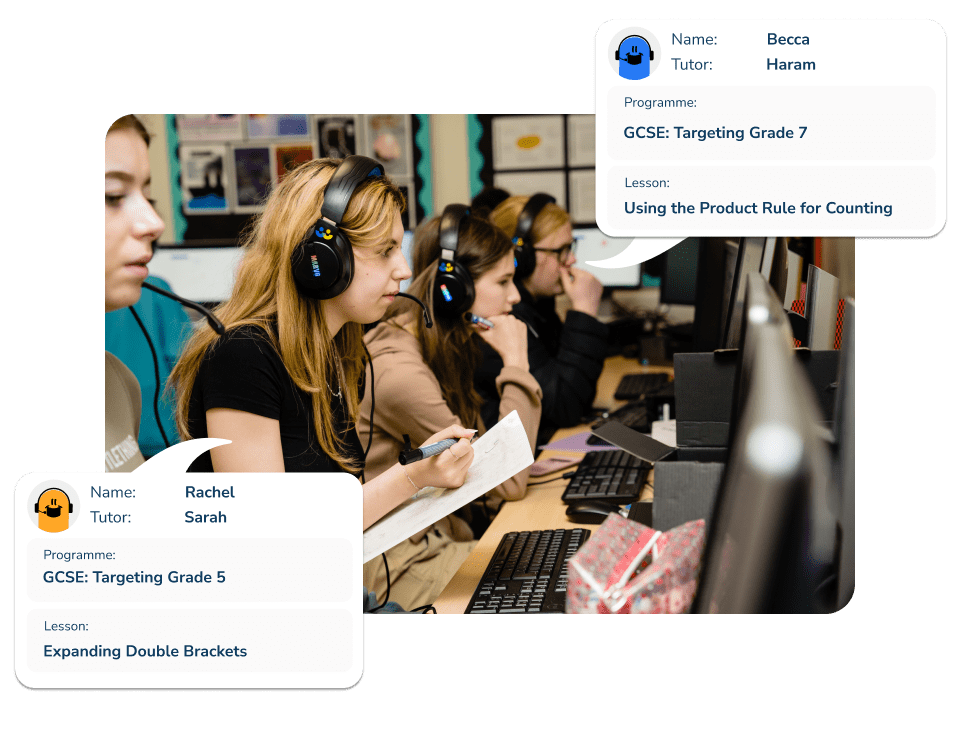
With Third Space Learning's secondary maths tutoring programmes, students in Year 7-11 receive regular one to one maths tutoring to address gaps, build confidence and boost progress.
"My confidence in the tutoring is high. We've had some phenomenal results. I even had one girl get a Grade 8 this year; she came to every tutoring session."
Stacey Atkins, Maths Director, Outwood Grange Academies Trust

